The Evolution of a Celtic Festival
Halloween as we know it has roots in an ancient Celtic festival known as Samhain, marking the boundary between the end of the harvest season and winter. Over centuries, Samhain’s customs merged with elements of Christian tradition and folklore to eventually become the Halloween that is celebrated today. This transformation, facilitated by Irish and Scottish immigrants, would also spread Halloween to the United States, ultimately shaping a worldwide celebration.
Samhain: The Celtic Origin
Samhain (pronounced “SOW-in”) was one of four main Celtic seasonal festivals, observed from October 31 to November 1. The festival marked the beginning of the “dark half” of the year, symbolising the transition to winter and the start of the new year. This festival celebrated the harvest’s end and the thinning of the “veil” between the living and the dead.
For the Celts, Samhain was a sacred and liminal time, blending the realms of life and death. Ancient folklore held that during Samhain, spirits, fairies, and ancestral souls roamed the earth. These spirits, known in Gaelic as the “aos sí” or “fair folk,” were believed to influence the fortunes and health of those they encountered.
To welcome or ward off these spirits, various customs were practiced:
- Lighting Bonfires: Bonfires were central to Samhain rituals, symbolising protection from the dangers of the dark. In communities, people would gather around large bonfires, and some would even take flames from these fires back to their homes for protection.
- Food Offerings: Households would prepare food and leave offerings at their doors to placate wandering spirits. It was also a sign of respect for deceased loved ones, whose souls were believed to return home on Samhain night.
- Disguises and Costumes: People would dress as spirits, wearing masks or animal skins, to avoid being recognized by malevolent spirits or fairies. This custom of “guising” was a defence mechanism, allowing individuals to blend in with the supernatural.
These practices would eventually inspire similar traditions in Halloween as we know it today.
The Influence of Christianity on Samhain Customs

With the spread of Christianity into Celtic regions by the 9th century, church leaders saw the need to adapt Samhain traditions, creating new religious observances to replace them. Pope Gregory III declared November 1 as All Saints’ Day, a day to honour saints and martyrs, while November 2 became All Souls’ Day, dedicated to praying for the souls of the deceased. These observances were collectively referred to as “Hallowtide,” and October 31, or Samhain, became known as “All Hallows’ Eve” — the precursor to Halloween.
The church incorporated aspects of Samhain, allowing people to continue honouring the dead but within a Christian framework. Some traditional Samhain customs, like food offerings, were reimagined as ways to help souls pass into heaven. Other elements, like bonfires and costumes, persisted, blending seamlessly into the new observances.
The Journey to America: Irish and Scottish Influence
The Irish Famine of the 1840s led to a massive wave of Irish immigration to the United States, bringing with them the traditions and folklore of Samhain. Alongside the Irish, Scottish immigrants carried similar customs, further reinforcing Halloween’s development in America.

In America, the Celtic tradition of guising evolved into trick-or-treating. Children would go door-to-door, initially offering songs or poems in exchange for small gifts or treats. By the early 20th century, this practice transformed into more playful “tricks” or pranks for those who did not provide treats. This uniquely American twist combined community participation with elements of Samhain’s original spirit of revelry.
The Jack-o’-lantern tradition also has roots in Irish folklore, specifically in the tale of “Stingy Jack,” a miserly figure who tricked the devil and was cursed to wander the earth with only a hollowed-out turnip and a burning coal to light his way. In the United States, pumpkins were substituted for turnips, as they were larger and easier to carve.
Halloween’s Transformation in the United States
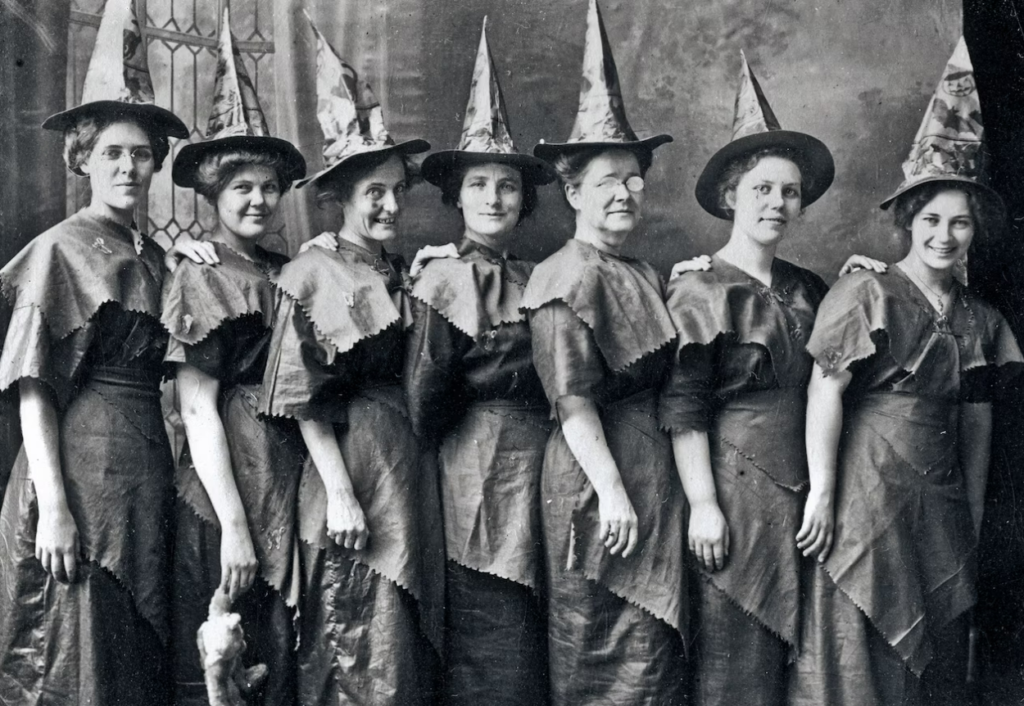
By the late 1800s, Halloween in America began to shed some of its supernatural associations and became a more secular community-centred holiday. Events such as “Halloween parties” focused on games, storytelling, and festive food, creating a new tradition rooted in celebration rather than superstition.
During the 20th century, Halloween gained popularity as a night for costumes and socializing, especially for children. Communities across America hosted parades and costume contests, cementing Halloween as a family-friendly occasion. World War II briefly dampened celebrations due to sugar rationing, but Halloween rebounded in the postwar years with a strong commercial focus, eventually evolving into a multi-billion-dollar industry in the U.S.
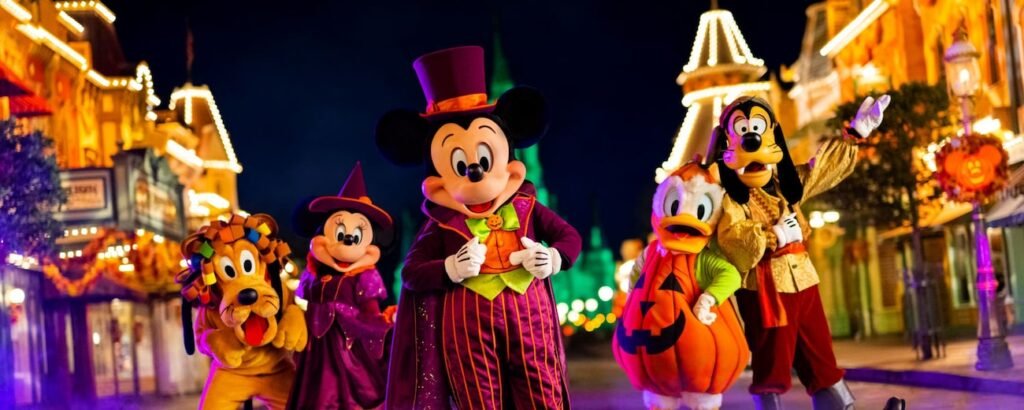
Halloween Around the World
Although Halloween originated in Ireland and spread through the United States, today, countries worldwide have adopted the holiday in various forms:
- Ireland and Scotland: In these countries, Halloween retains elements of Samhain, with bonfires, guising, and storytelling as central customs. Irish children continue to carve turnips or pumpkins and go door-to-door seeking treats.
- Mexico: Mexico’s Day of the Dead (Día de los Muertos) coincides with Halloween but focuses on celebrating the deceased through altars, marigold decorations, and sugar skulls. Although distinct from Halloween, the two holidays sometimes overlap in themes and symbols.
- Japan: Halloween is a recent phenomenon in Japan, celebrated primarily through costume parties and parades in cities like Tokyo. Rather than focusing on the supernatural, Japan’s Halloween is seen as a fun, secular event
- Australia: In Australia, Halloween has grown in popularity, particularly among younger generations. Trick-or-treating and costume parties have become common, influenced by American media.
These adaptations show the flexibility of Halloween, as each culture incorporates its customs and celebrations.
Halloween’s Contemporary Influence and Lasting Legacy
Halloween has become a cultural phenomenon, blending ancient traditions with modern practices. The evolution from Samhain to Halloween illustrates the adaptability of folk customs and the resilience of ancestral rituals. Today, Halloween is celebrated globally as both a nod to its ancient past and an opportunity for fun and creativity.
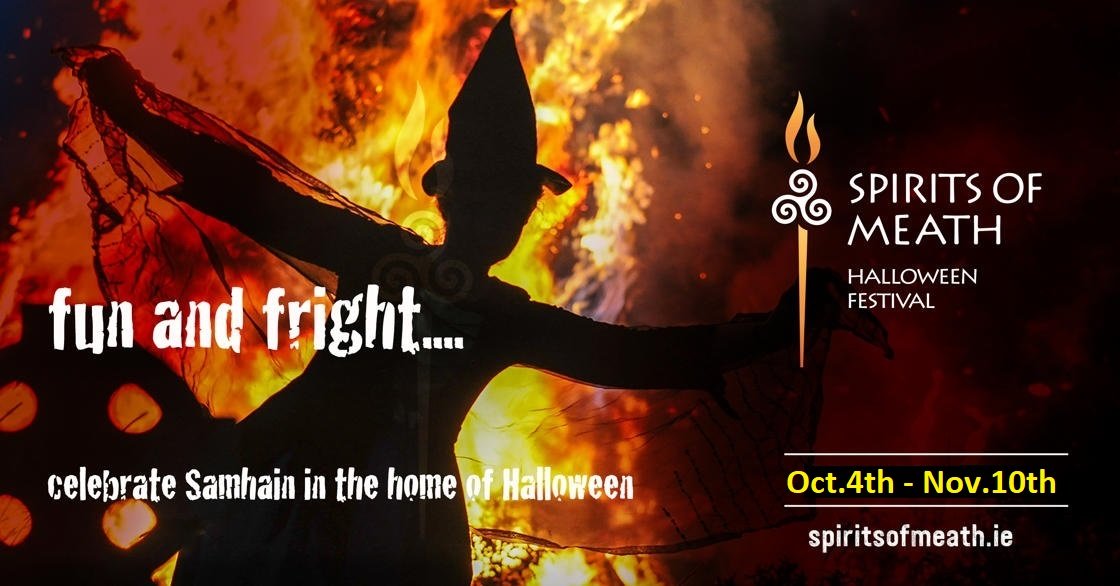
Through centuries of transformation, Halloween has shifted from a solemn, liminal festival to a jubilant, international celebration. The ancient Celts may not recognise today’s Halloween, yet the echoes of Samhain still linger, reminding us of our connection to the past.
By Jaqui O’Rourke
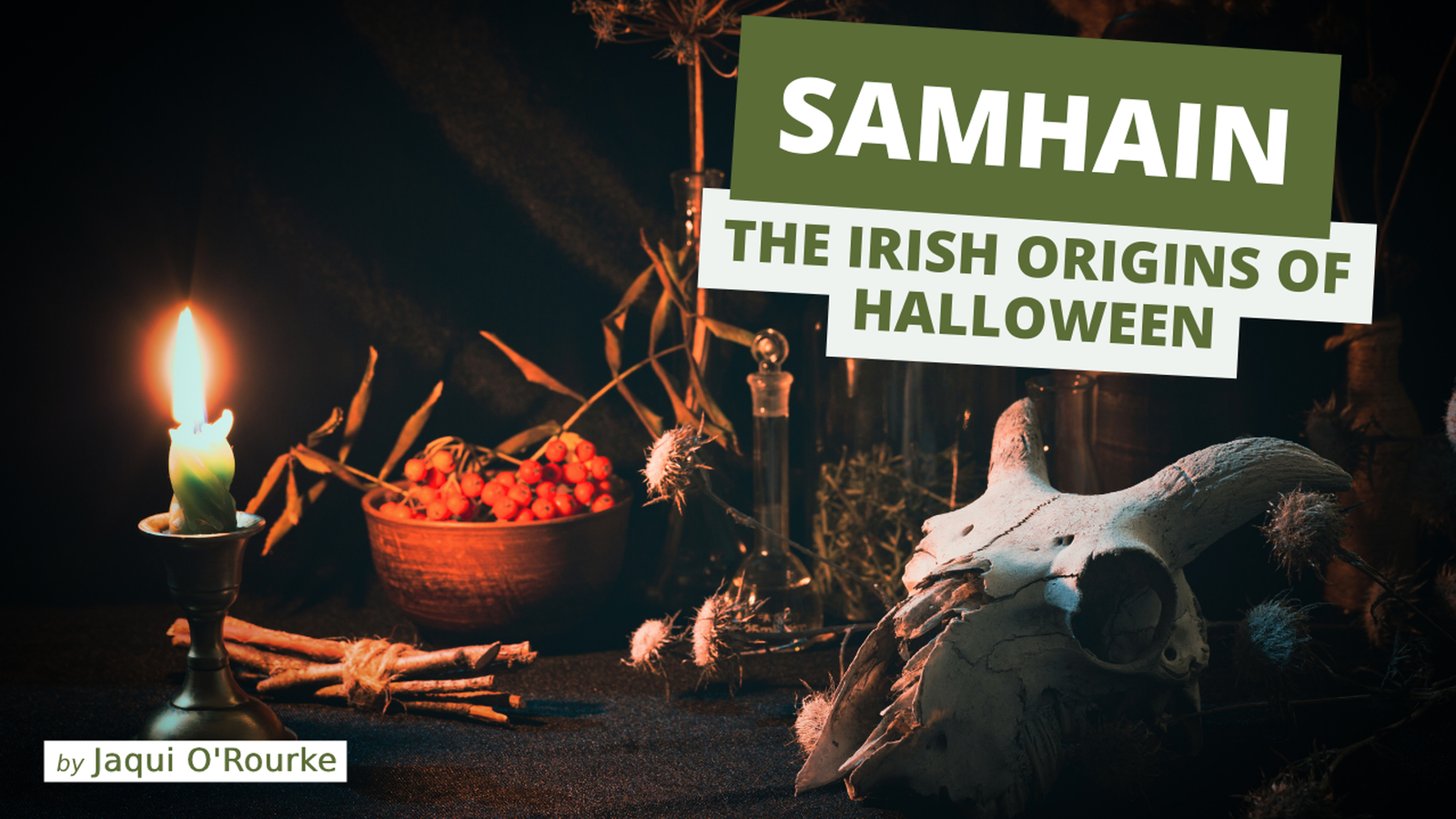


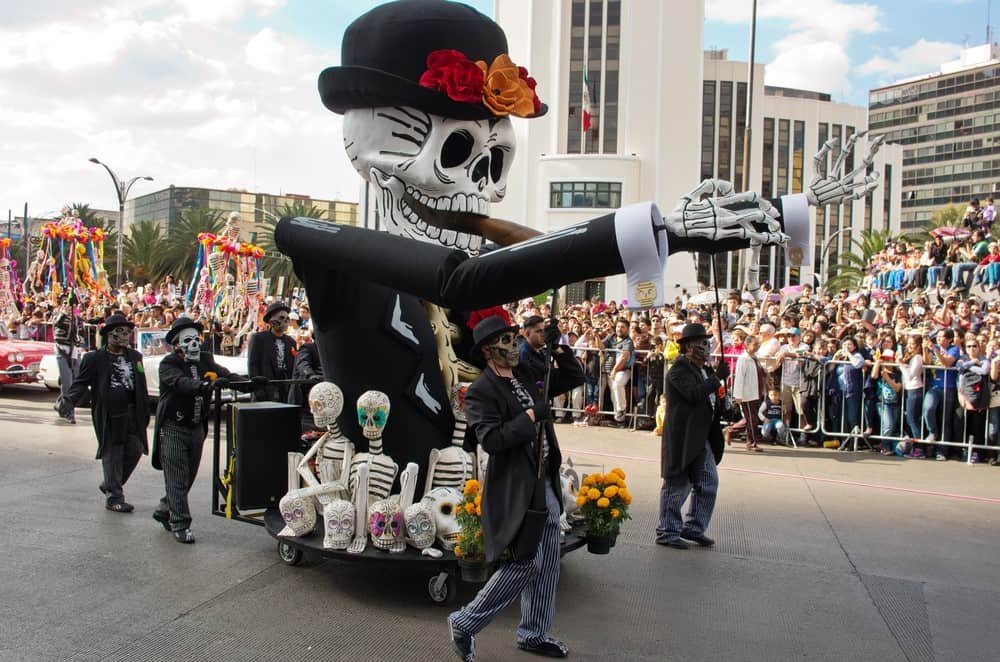
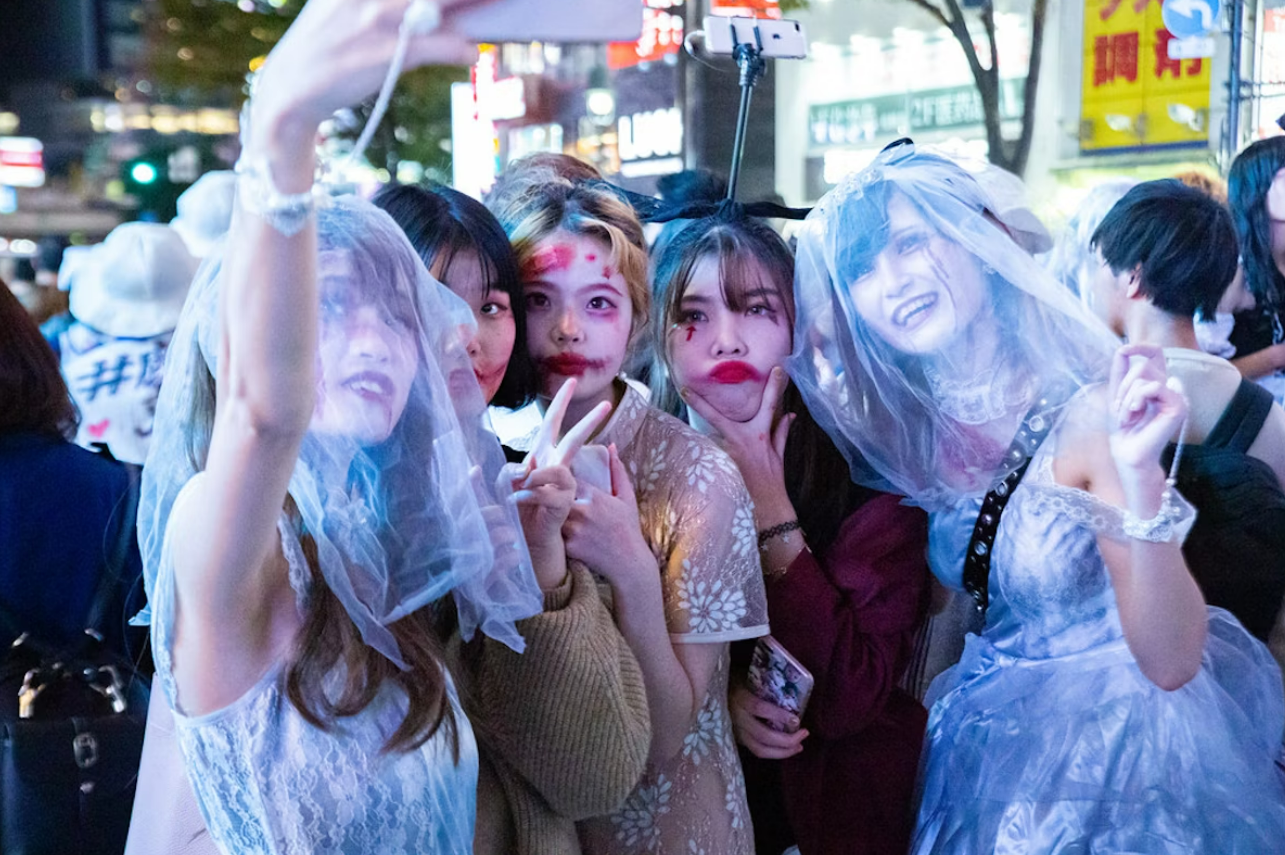
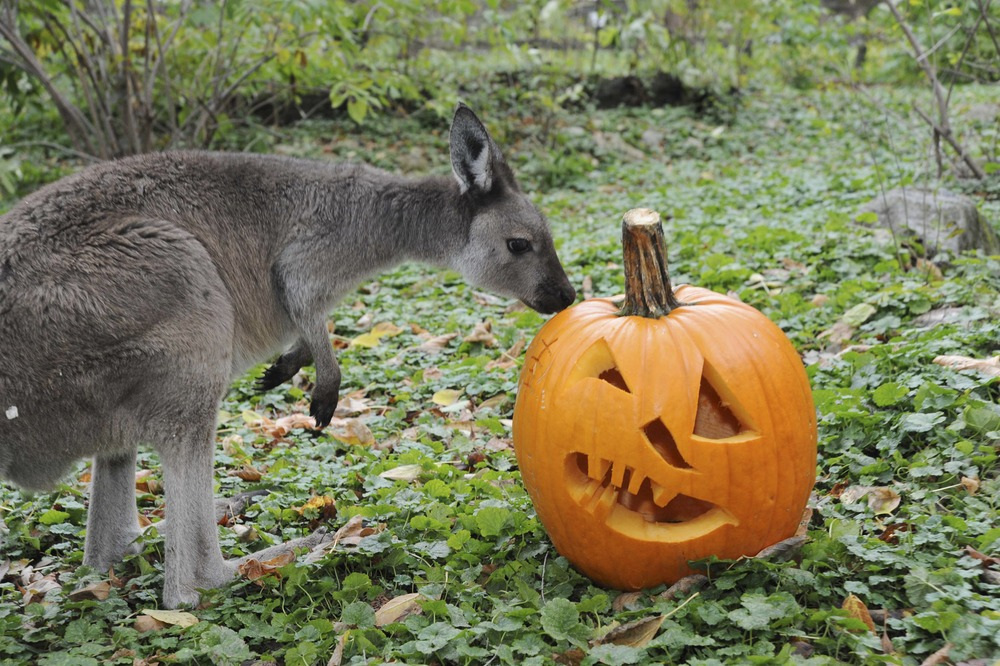
Fascinating article Jaqui. I really enjoyed it. Here in Wales the ancient Celtic festival made its way over from Ireland. It was/is called Nos Galan Gaeaf, and has clear parallels with the Irish festival. Lighting bonfires (coelcerth) to frighten away evil sprits was one, with the added Welsh touch of writing your name on a stone and throwing it in the fire; finding it next day in the ashes being a sign of good luck. Apple bobbing (twco fala) was popular at this time. And finally, the dressing up also occurred. In some parts of Wales gender swapping took place, with the boys and girls swapping clothes. The revellers were known as ‘witches’ (gwrachod) and went around the village making a lot of noise to scare away the evil spirits.
Thanks Bettsi.
With such strong historic ties between our nations it’s no suprise there’s similarities in historic traditions; many of which continue to this day.
We’re blessed that over the ages people have fought to see that such tradition survives the onslaught of Christianity which sought to extinguish them.
Thousands of years on and we still prevail ❤️
Similar to the Irish, Scotland also celebrates Samhain, which was recognised as a time for feasting, divination, and honouring ancestors. We do Guising which is similar to mumming, children also dress in costumes and go door-to-door, but they typically perform a trick or a joke before receiving their treats. We traditionally carve neeps (turnips) rather than pumpkins.